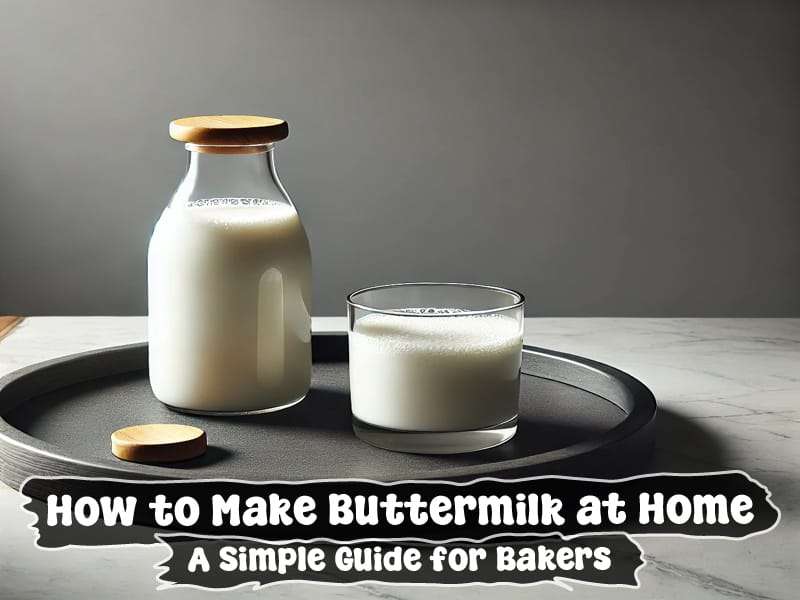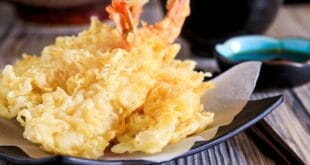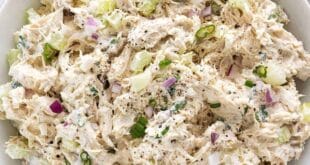
How to Make Buttermilk at Home | Simple Kitchen Tip
I started making buttermilk at home one day when I ran out halfway through baking pancakes. Instead of rushing to the store, I mixed milk and lemon juice, and to my surprise, it worked perfectly. Since then, I’ve stopped buying store-bought buttermilk. It’s easy, reliable, and always fresh, which makes it perfect for pancakes, biscuits, fried chicken, or even salad dressings.
Ingredients
Method
- Pour the milk into a bowl or measuring jug.
- Add lemon juice (or vinegar) and stir gently to combine.
- Let it sit at room temperature for about 10 minutes until it has slightly curled.
- Stir one more, and the mixture should look thicker and slightly separated.
- Use immediately or store in the fridge for up to 2 days.
Video
Notes
You’ll know your buttermilk is ready when it has that light, tangy smell and a texture that coats a spoon slightly. It shouldn’t be chunky or sour. If it smells, don’t use it.
Seasonal Variations
- Summer Baking: Use homemade buttermilk for waffles, pancakes, or muffins to add a light tang.
- Winter Cooking: Perfect for fried chicken marinades or creamy mashed potatoes.
- Holiday Use: Mix it into cakes or biscuits for extra tenderness.
Serving Suggestions
- Use in pancake or waffle batter for a fluffy texture.
- Mix into coleslaw or ranch dressing for extra tang.
- Add to baking recipes like cakes, cornbread, or scones.
- Substitute it for any recipe that calls for yogurt or sour cream.
Tips & Tricks
- Always use fresh milk; spoiled milk won’t give the right taste.
- Lemon juice gives a lighter tang, while vinegar makes it sharper.
- Don’t skip the 10-minute wait; that’s when the curdling magic happens.
- For a vegan version, use plant milk (like soy or oat) with a bit of lemon juice.
- For more about milk’s nutritional value, check out the health benefits of milk on Healthline.
Nutrition (per 1 cup)
- Calories: ~100
- Fat: 2.5g
- Protein: 8g
- Carbs: 12g
When explaining what buttermilk actually is, you can link to Healthline’s guide:
what buttermilk is and its benefits
When discussing how acidity works in recipes, you can link to a reliable baking science article:
Do Buttermilk Substitutes Work in Baking? Serious Eats




